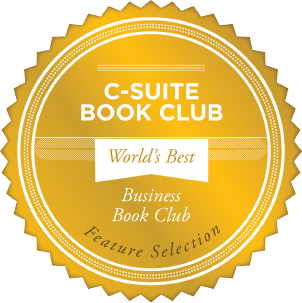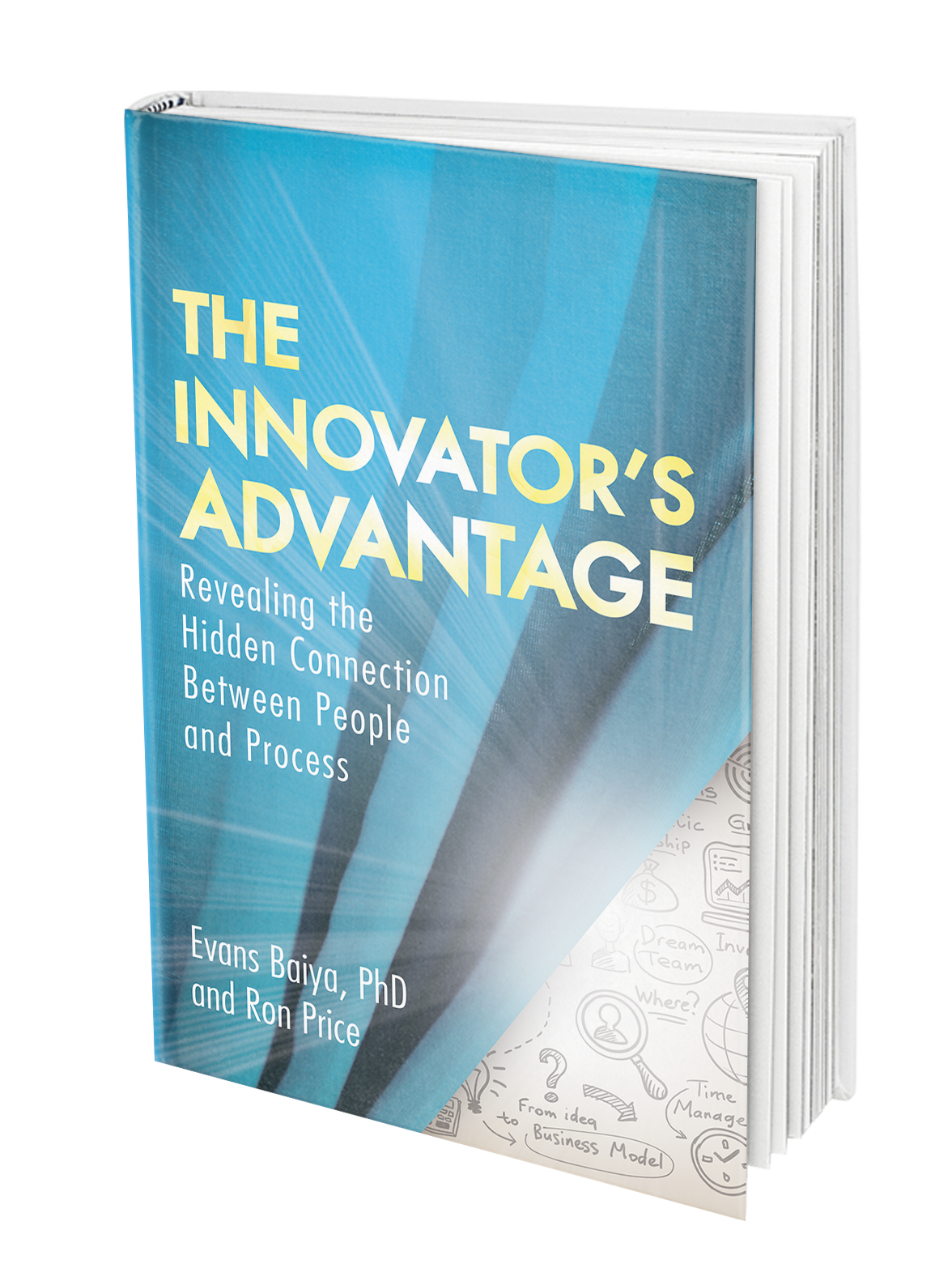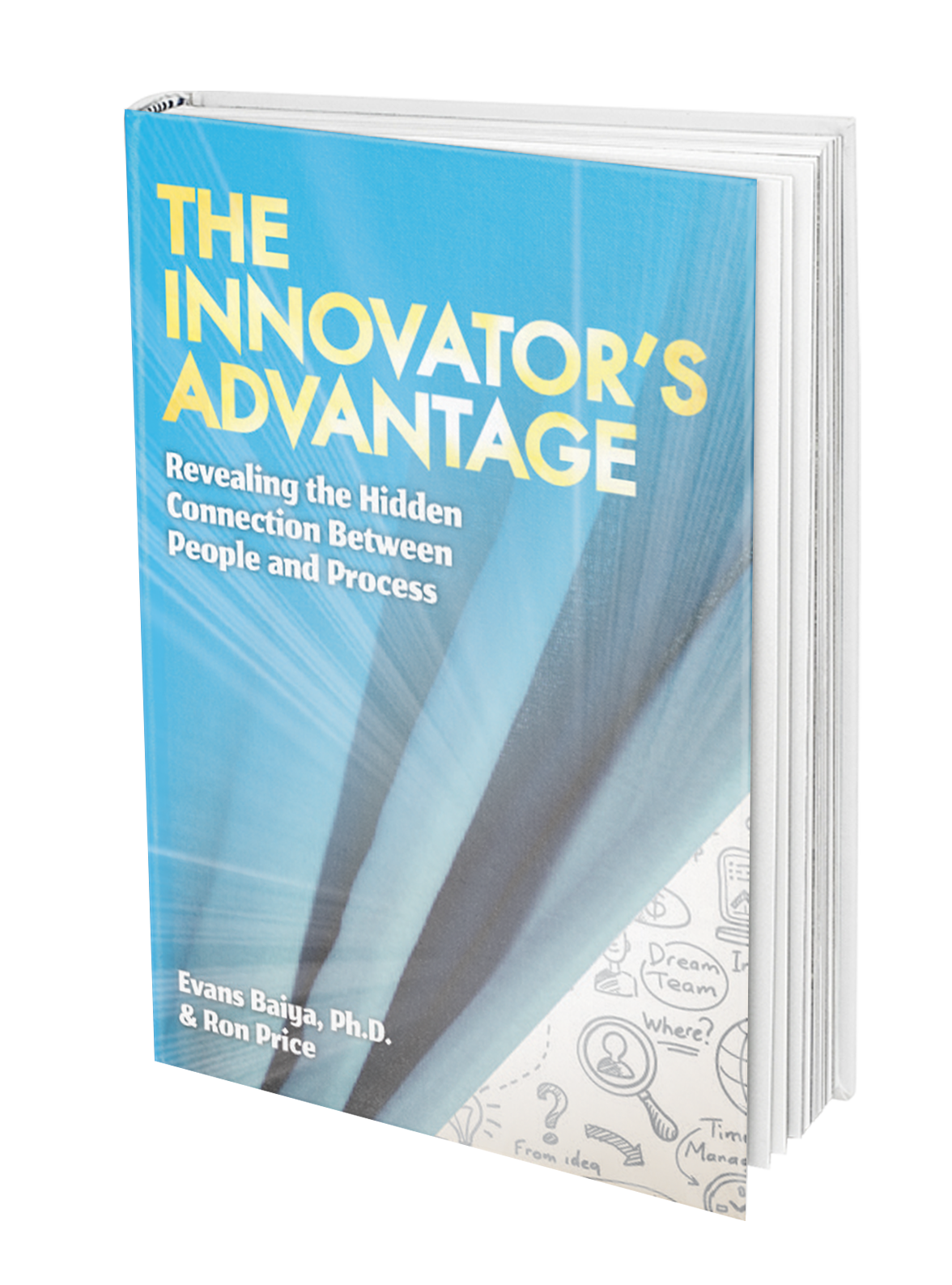Who needs to innovate? Evans Baiya and Ron Price, two of today’s most respected thought leaders in areas of innovation and business strategy, have the answer. After years of working on successful innovations and witnessing many failed ones, they have come to one key conclusion: innovation is not just about the technical and systematic processes that we are taught. In The Innovator’s Advantage they reveal that the way people work and interact throughout innovation holds the key to success. People are at the center of innovation. Processes, tools, and systems are secondary. The results? Better ideas, better products, and a better way to innovate in a quickly moving world economy.
The authors have created a set of strategic choices around an innovation framework and continuum that, when addressed in an integrated way, will improve innovation, reinvigorate team members and move you beyond your competitors. In this book, you will learn:
- How to identify and deeply understand your problems and opportunities
- How to effectively generate enough ideas to solve the problem-opportunities
- How to drive the ideas through each stage of innovation to ensure you have the results or impact you are looking for
- How to identify the unique talent, skills and passion you need at each stage of innovation
- How to identify and organize individuals at each stage to ensure maximum fulfillment and output











